Table of content
Introduction
Mulberry trees (Morus species), known primarily for their nutritious fruits called mulberries, have been cultivated for millennia across Asia, particularly in China, where they hold significant cultural and economic importance. These trees are not only valued for their edible fruits but also for their leaves, which are essential in the sericulture industry as the primary food source for silkworms. To enhance the productivity, disease resistance, and desirable traits of mulberry trees, grafting has emerged as a crucial agricultural practice. This article delves into the various grafting techniques for mulberry trees, offering a comprehensive guide for both novice and experienced horticulturists.
Understanding Grafting
Grafting is a horticultural technique that involves joining parts of two or more plants to create a single, composite plant. In the context of mulberry trees, grafting typically involves attaching a scion (a piece of a desired variety with buds and sometimes a few leaves) to a rootstock (a robust, often disease-resistant plant that serves as the foundation). The goal is to combine the desirable characteristics of the scion with the vigor and adaptability of the rootstock.
Types of Grafting Techniques for Mulberry Trees
Several grafting techniques can be employed for mulberry trees, each suited to different conditions and goals. The most common methods include cleft grafting, whip grafting, side veneer grafting, and top grafting.
Cleft Grafting
Cleft grafting is a popular method for mulberry trees, especially during the dormant season when the trees are not actively growing. Here’s how it’s done:
-
Preparation: Choose a healthy, straight rootstock about 1-2 inches in diameter. Cut it to the desired height, making a clean, perpendicular cut at the top. Using a cleft tool or sharp knife, make a vertical split down the center of the rootstock, about 2-3 inches deep.
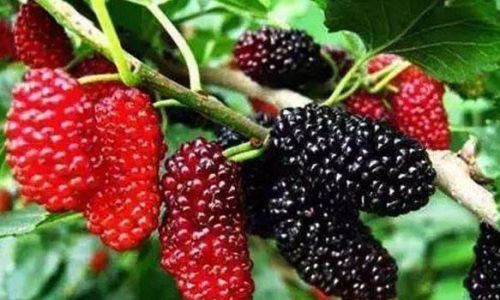
-
Scion Preparation: Select a dormant scion with healthy buds. Cut it into a wedge shape, ensuring the wedge is slightly longer than the cleft in the rootstock. The base of the wedge should be slightly narrower than the top to facilitate a snug fit.
-
Grafting: Insert the scion into the cleft, aligning the cambium layers (the living tissue beneath the bark) of both the rootstock and scion. Secure the graft with grafting wax, plastic tape, or a combination of both to prevent moisture loss and keep the parts in place.
-
Aftercare: Wrap the entire grafted area with moist sphagnum moss or a similar material and cover with a plastic bag to maintain humidity. Remove the bag gradually as the graft heals and new growth emerges.
Whip Grafting
Whip grafting, also known as whip and tongue grafting, is suitable for smaller diameter rootstocks and is often done in the spring when the sap is rising.
-
Preparation: Select a rootstock and scion of similar diameter. Cut both at a steep angle, creating a long, sloping surface on each.
-
Tongue Formation: On one side of each cut, make a small, downward-pointing cut (the tongue), about half the length of the sloping surface. This helps in creating a better fit and contact between the cambium layers.
-
Grafting: Fit the scion and rootstock together, aligning the cambium layers and tongues. Secure with grafting wax or tape.
-
Aftercare: Similar to cleft grafting, maintain humidity around the graft and gradually expose it to outside conditions as it heals.
Side Veneer Grafting
Side veneer grafting is useful for larger diameter rootstocks and can be performed during the growing season.
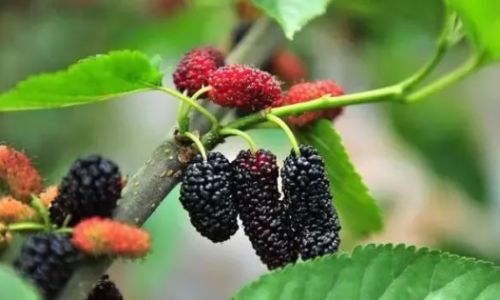
-
Preparation: Cut the rootstock at the desired height and make a straight, vertical cut down one side, about 2-3 inches long. Make a corresponding, slightly shorter cut on the opposite side, creating a flap that can be lifted.
-
Scion Preparation: Cut the scion into a flat, rectangular shape with a slight bevel on one edge to fit under the flap on the rootstock.
-
Grafting: Place the scion under the flap, aligning the cambium layers. Secure with grafting wax or tape.
-
Aftercare: Provide shade and maintain moderate humidity until the graft takes.
Top Grafting
Top grafting, or budding, is a technique used to introduce new varieties onto mature trees without removing the existing trunk. It’s less invasive but requires precise timing and skill.
-
Preparation: Select a healthy, vigorous branch on the mature tree as the recipient. Make a T-shaped cut on the bark, exposing the cambium layer.
-
Scion Preparation: Cut a small, shield-shaped piece of bark and tissue from the scion, including a bud.
-
Grafting: Insert the scion piece into the T-cut, ensuring good contact between the cambium layers. Secure with grafting wax or tape.
-
Aftercare: Protect the graft from direct sunlight and maintain moderate humidity. Prune away any competing growth to encourage the scion to develop.
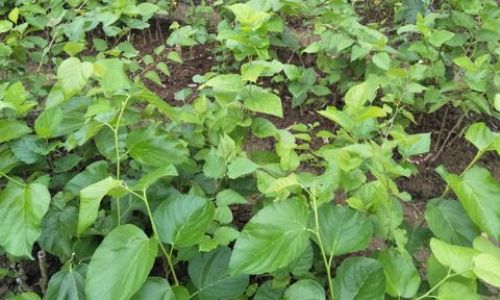
Factors Influencing Graft Success
The success of mulberry tree grafting hinges on several factors:
-
Timing: Grafting is most successful when the trees are in a dormant or semi-dormant state, typically in late winter or early spring. However, certain techniques can be adapted for use during the growing season.
-
Tool Sharpness: Using sharp, clean tools minimizes tissue damage and promotes cleaner cuts, which are crucial for successful cambium alignment.
-
Cambium Alignment: Proper alignment of the cambium layers is essential for healing and nutrient transfer between the scion and rootstock.
-
Environmental Conditions: Maintaining optimal humidity and temperature around the graft site is critical. Excessive dryness or heat can cause the graft to fail.
-
Aftercare: Proper aftercare, including shading, watering, and monitoring for pests and diseases, significantly increases the chances of graft success.
Conclusion
Grafting is a powerful tool for enhancing the genetic qualities of mulberry trees, allowing farmers and horticulturists to propagate superior varieties while preserving the vigor and adaptability of robust rootstocks. By mastering the various grafting techniques outlined in this guide, you can create healthier, more productive mulberry trees tailored to your specific needs and environmental conditions. Remember, patience, precision, and attention to detail are key to successful grafting. With practice, you’ll soon be able to harness the full potential of this ancient and valuable horticultural practice.
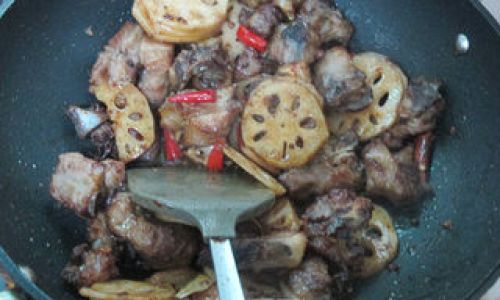


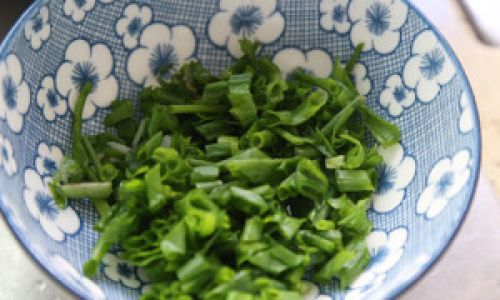
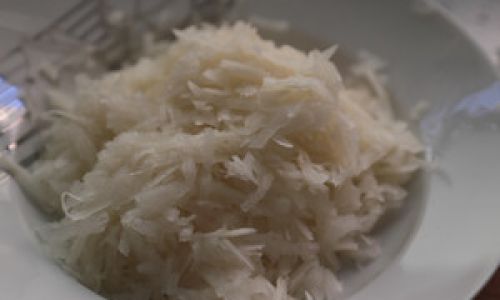
0 comments